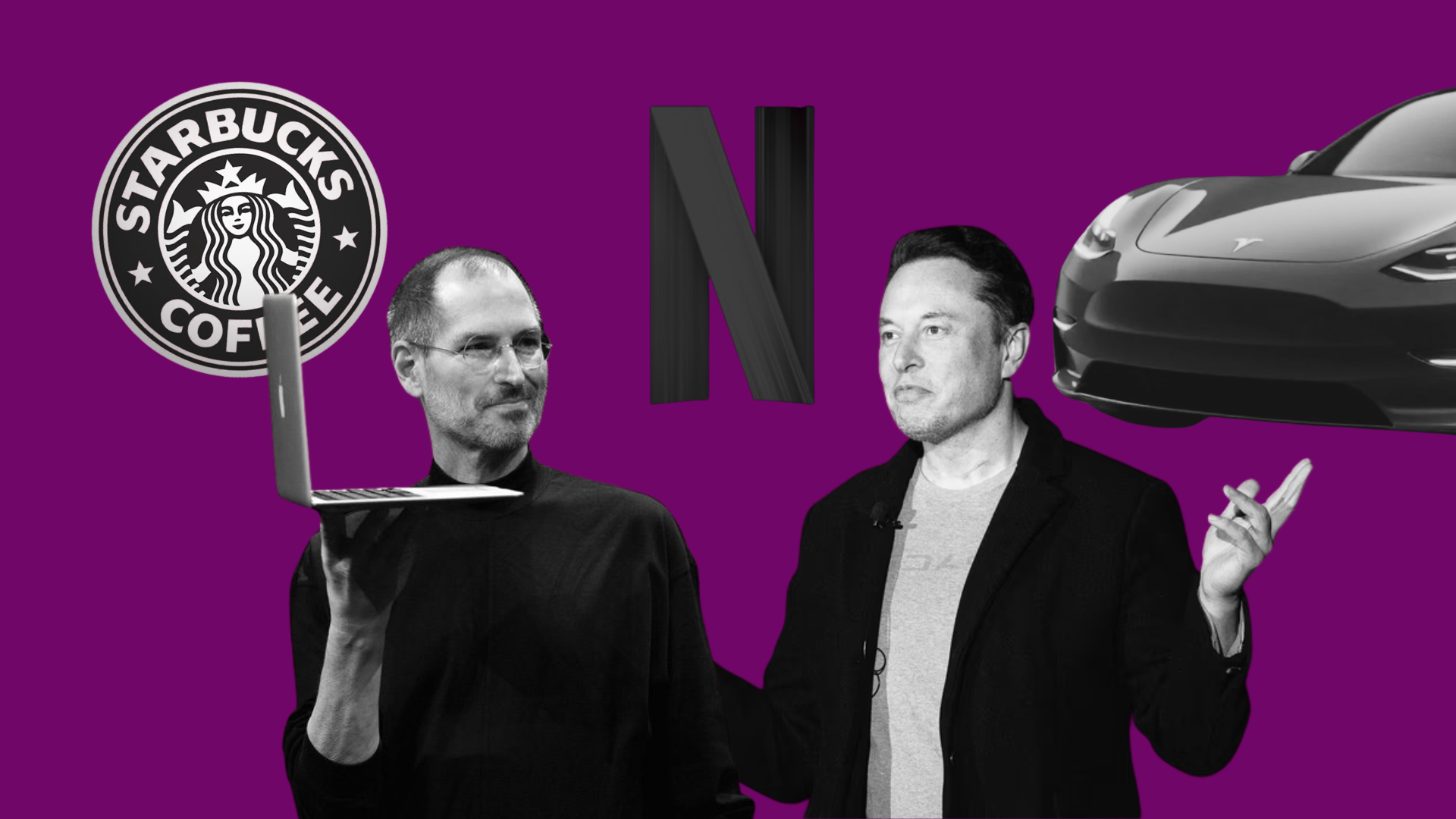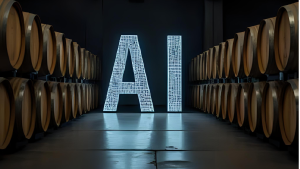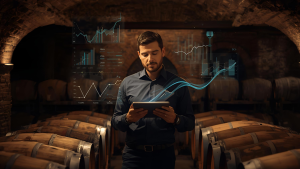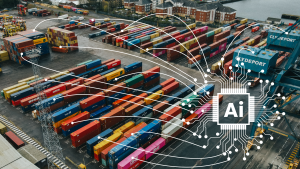Steve Jobs, Elon Musk, Howard Schultz, Reed Hastings, and Marc Randolph: five visionaries who have completely revolutionized four key sectors of today’s economy. They were able to read the signs of change before anyone else, undeterred by unfavorable opinions. Their greatness in the market lies in having recognized a need before the market itself had even expressed it.
But what if today’s market were expressing a need that only a few are truly recognizing?
The D2C (Direct-to-Consumer) model is not just an opportunity — it’s the answer to an increasingly evident need in the beverage world.
Think different
“Think different,” Apple’s slogan coined by founder Steve Jobs, fully embodies this ideology. Jobs chose to focus on the user-friendliness of his tech products and, above all, to reject the B2B logic in favor of speaking directly to everyday people. This is where Apple made its leap in quality: it understood that in a context of technological evolution, you couldn’t deny access to those who, every day, wanted to simplify their lives with innovative tools.
Steve Jobs had therefore realized that those using his products at home were his true target audience.
Today, that insight has become a reality for nearly the entire population: in Italy, over 86% of households have Internet access¹, with an increase of 2.5% in just the past year, and significant growth among older age groups as well (+7.6 points among 65-74-year-olds)¹.
And this figure is not isolated: in the European Union, 93% of citizens aged 16 to 74 use the Internet², and nearly 69% of the global population is connected³.
In other words, the entire world is online, and speaking directly to the consumer is no longer an experiment, but a necessity.
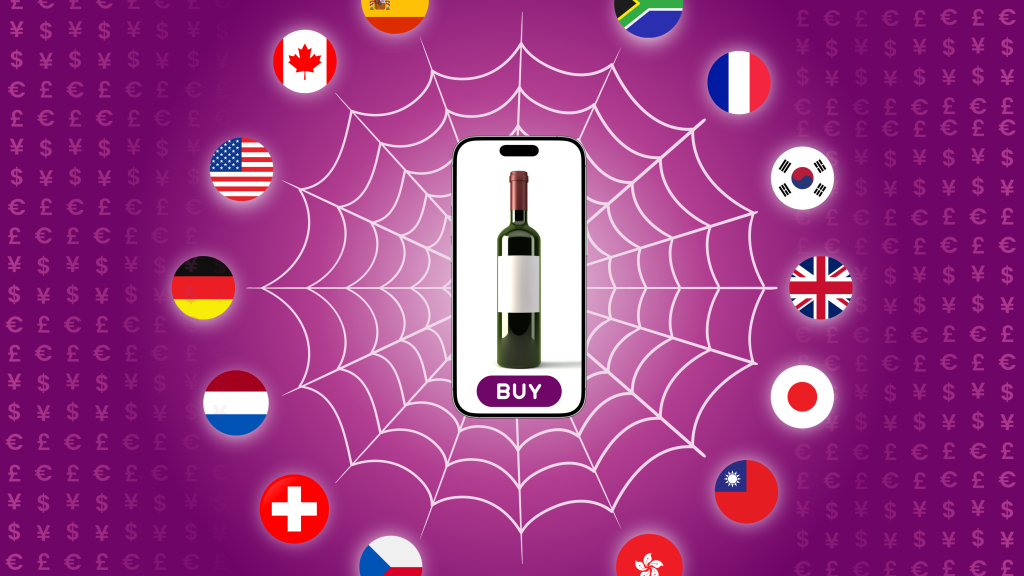
Future, speed, and sustainability
Elon Musk has revolutionized the automotive world with Tesla, building his success on three principles: future, speed, and sustainability.. At a time when electric cars were seen as an “eco-friendly toy” or a compromise choice, Musk flipped the perspective: he transformed electric vehicles into a symbol of desire, performance, and progress.
By rejecting the traditional dealership model, he chose the direct path — Direct-to-Consumer — selling online and building an immediate relationship with his customers.
Tesla didn’t just innovate a product; it transformed the entire purchasing experience. It showed that when a brand speaks directly to the consumer, the market responds with trust, loyalty, and a sense of belonging.
Even today, the numbers confirm that the public is ready: in Italy, 46.8% of people over 14 years old made an online purchase in 2024¹, with peaks of 73.5% among young adults aged 20 to 24¹. In the European Union, the percentage rises further: 77% of Internet users made an online purchase in the past 12 months².
D2C, therefore, is no longer an “alternative” model: it is the response to a purchasing behavior already well-established on a European and global scale.
A symbol of belonging
While coffee was considered a mere commodity, Howard Schultz of Starbucks transformed it into a cultural and belonging experience: selling a $5 cappuccino might have seemed crazy, but in reality, it offered a place — a “third place” between home and work.
Similarly, the D2C model in the beverage sector allows you to bring home not just the product, but a complete experience: the convenience of having wine delivered directly to your door is combined with the opportunity to relive the excitement of wine tourism, recreating the flavors, stories, and culture of the region in your own home.
Just as Starbucks created closeness and loyalty through its brand, D2C allows wine producers to build a direct connection with the consumer, turning each bottle into a personal experience and strengthening the sense of connection with its creator.
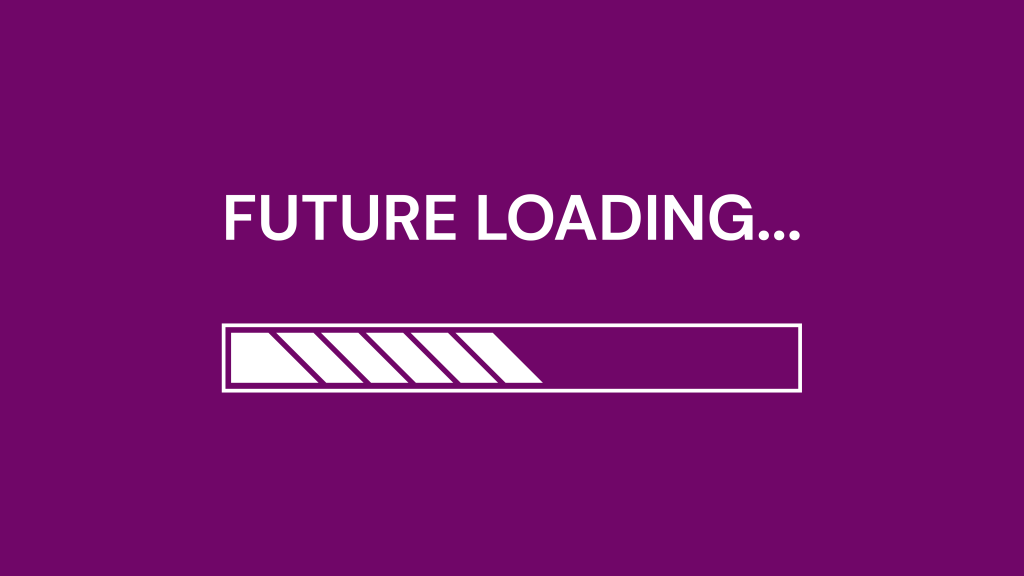
Turning the tables
Netflix abandoned DVDs while they were still performing well, betting on streaming before the market demanded it. Founders Reed Hastings and Marc Randolph made a risky move that turned the audiovisual industry upside down and killed Blockbuster, forever changing the way content is consumed — cassettes and rental DVDs, until then the only available option.
Today, for companies, the question is not whether the traditional B2B model will survive, but how long they will remain competitive if they continue to resist D2C. Just as Netflix anticipated consumer needs, companies relying solely on traditional channels risk missing opportunities, while those that speak directly to the end customer build stronger, faster, and longer-lasting relationships, strengthening their market position.
And in a context where nearly half of the Italian population shops online¹, 77% of Europeans make purchases on the web², and 69% of the planet is already connected³,
One thing is clear: the time to invest in D2C is now — or risk being left behind.
Sources:
1 Istat – Cittadini e ICT 2024: Diffusione dell’uso di Internet e commercio elettronico in Italia (published April 2025)
2 Eurostat – E-commerce statistics for individuals 2024 (published December 2024).
3 ITU / Statista – Global Internet User Penetration 2025 (updated September 2025).

